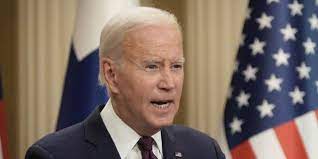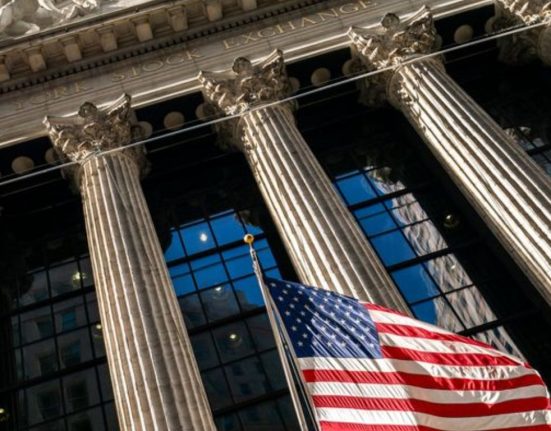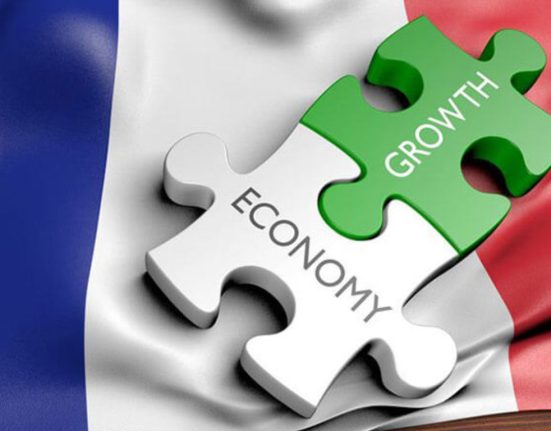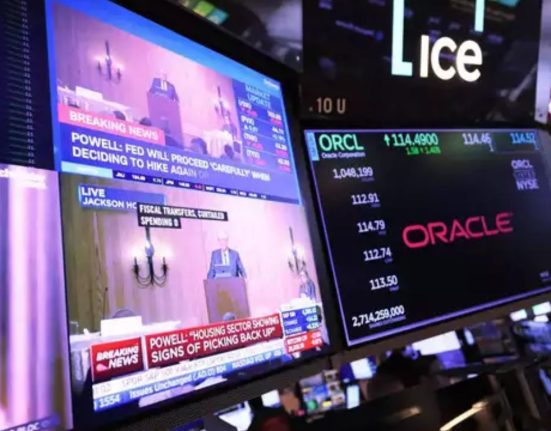In a significant move to address the growing concern over student loan debt, the Biden administration has announced plans to cancel $39 billion in student debt for more than 804,000 borrowers. This relief comes as a result of adjustments made to income-driven repayment (IDR) plans, which cap payment requirements for lower-income borrowers and forgive any remaining balance after a certain number of years.
Under the new guidelines, borrowers who have made 20 or 25 years of monthly IDR payments will be eligible for loan forgiveness. The Education Department has identified historical inaccuracies in the count of payments that qualify toward forgiveness under IDR plans, and this relief aims to rectify those discrepancies.
President Joe Biden expressed his commitment to providing relief to borrowers, highlighting the significant impact his administration has already made. “These borrowers will join the millions of people that my administration has provided relief to over the past two years – resulting in over $116 billion in loan relief to over 3 million borrowers under my administration,” said President Biden in a statement.
Education Secretary Miguel Cardona emphasized the importance of addressing the failures of the previous system and ensuring accurate tracking of borrowers’ progress towards forgiveness. “For far too long, borrowers fell through the cracks of a broken system that failed to keep accurate track of their progress towards forgiveness,” Secretary Cardona stated.
This announcement comes after the Supreme Court blocked President Biden’s initial plan to cancel hundreds of billions of dollars in student debt. However, the administration is determined to pursue new measures to provide relief. The Education Department has initiated a regulatory “rulemaking” process to advance a $430 billion loan relief plan proposed by President Biden. Although this process is expected to take several months, it demonstrates the administration’s commitment to tackling the issue of student loan debt.
It’s important to note that Friday’s relief, amounting to $39 billion, is separate from the larger loan forgiveness plan and falls under a payment count adjustment program introduced by the Biden administration in April 2022. This program aims to rectify inaccuracies in the counting of qualifying payments for loan forgiveness.
Vice President Kamala Harris expressed the administration’s dedication to ensuring that Americans can pursue higher education without the burden of unmanageable student loan debt. “We will continue to fight to make sure Americans can access high-quality postsecondary education without taking on the burden of unmanageable student loan debt,” Vice President Harris stated.
The Biden administration’s efforts to provide relief for student loan borrowers demonstrate its commitment to addressing the challenges faced by individuals burdened by the rising costs of higher education. This relief will not only alleviate the financial strain on borrowers but also contribute to the broader goal of making education more accessible and affordable for all.
The burden of student loan debt has long been a pressing issue in the United States, with millions of borrowers struggling to make monthly payments and grappling with the long-term financial consequences. The rising costs of education, coupled with stagnant wages, have made it increasingly difficult for individuals to manage their loan obligations and pursue other life goals, such as buying a home or starting a family.
The COVID-19 pandemic exacerbated the challenges faced by borrowers, as many experienced job losses, reduced incomes, and financial uncertainty. Recognizing the urgent need for relief, the Biden administration has taken steps to alleviate the burden on borrowers and provide a pathway to financial stability.
The $39 billion in student debt relief announced by the Biden administration is a significant step toward addressing the systemic issues that have plagued the student loan industry. By rectifying historical inaccuracies in payment counting and providing loan forgiveness to eligible borrowers, the administration aims to correct the failures of the previous system and ensure that individuals are not burdened by excessive debt throughout their lives.
The relief measures announced by the Biden administration are particularly focused on income-driven repayment plans, which are designed to make monthly payments more manageable for borrowers with lower incomes. By capping payment requirements and forgiving remaining balances after a certain number of years, these plans provide a lifeline to borrowers who would otherwise struggle to repay their loans.
However, it is important to note that the relief measures announced are not a comprehensive solution to the student loan crisis. They provide targeted relief for a specific group of borrowers, and the larger issue of mounting student loan debt and its impact on individuals and the economy as a whole remains to be addressed.
The Biden administration’s commitment to addressing the challenges of student loan debt is also reflected in its pursuit of a broader loan forgiveness plan. The regulatory “rulemaking” process initiated by the Education Department aims to advance a $430 billion loan relief plan proposed by President Biden. While this process may take time and face challenges along the way, it underscores the administration’s determination to find comprehensive solutions to the student loan crisis.
The relief provided by the Biden administration will have a direct and positive impact on the lives of hundreds of thousands of borrowers. It will alleviate financial stress, provide opportunities for economic mobility, and contribute to the overall well-being of individuals and families. Additionally, it sends a powerful message that the government recognizes the burden faced by borrowers and is taking action to address the systemic issues underlying the student loan crisis.
The announcement of student debt relief also highlights the broader debate around the role of education in society and the accessibility of higher education. The rising costs of education and the burden of student loan debt have raised questions about the affordability and value of a college degree. As policymakers continue to address the issue of student loan debt, it is crucial to consider comprehensive reforms that promote affordability, reduce the need for excessive borrowing, and ensure that education remains accessible to all.
In conclusion, the Biden administration’s announcement of $39 billion in student debt relief is a significant step toward alleviating the burden faced by borrowers. By adjusting income-driven repayment plans and rectifying historical inaccuracies, the administration aims to provide relief to more than 800,000 borrowers. However, the broader issue of student loan debt and its impact on individuals and the economy requires comprehensive and sustained efforts. The pursuit of a larger loan forgiveness plan and ongoing discussions around the accessibility and affordability of higher education reflect the administration’s commitment to finding lasting solutions. As the nation continues to grapple with the challenges posed by student loan debt, it is imperative that policymakers prioritize the well-being of borrowers and work toward a system that promotes equitable access to education and economic opportunity.










